Sometimes people at wine tastings try and impress with opinions like “this wine tastes as if it has been in an egg-shaped concrete tank”, “this must have been kept in a stainless steel tank”, “you used old oak barrels for this, didn’t you?” and similar things. If you’ve been to a few wine tastings I am sure you have experienced it.
How can they know? The truth is, very few people can tell since very few people have had an objective possibility to taste and compare.
But for a winemaker who has to make a choice of what kind of tank or “vessel” he should use for the wine before bottling it is a very important choice. That is if you believe that the vessel containing the wine makes a difference.
And yes, it does make a difference.
The winemaker at Domaine Gayda, a biggish winery in the south of France, in the Languedoc, decided to take this one step further and do a systematic experiment. So Vincent Chansault took one batch of his top-quality syrah of the 2018 vintage and put it in nine different containers (vessels) to see what difference it really makes. And then he took his wines to Paris to show it to a small group of wine professionals and wine writers to get their feedback.
It was a very, very interesting tasting, that also illustrated very well that it is not always as easy as it might seem and the result is not always what you would expect.
Read more in Per’s article on Forbes: “Does It Make Any Difference If The Wine Was Aged In Stainless Steel, Concrete, Wood, Or Egg Tank?”.
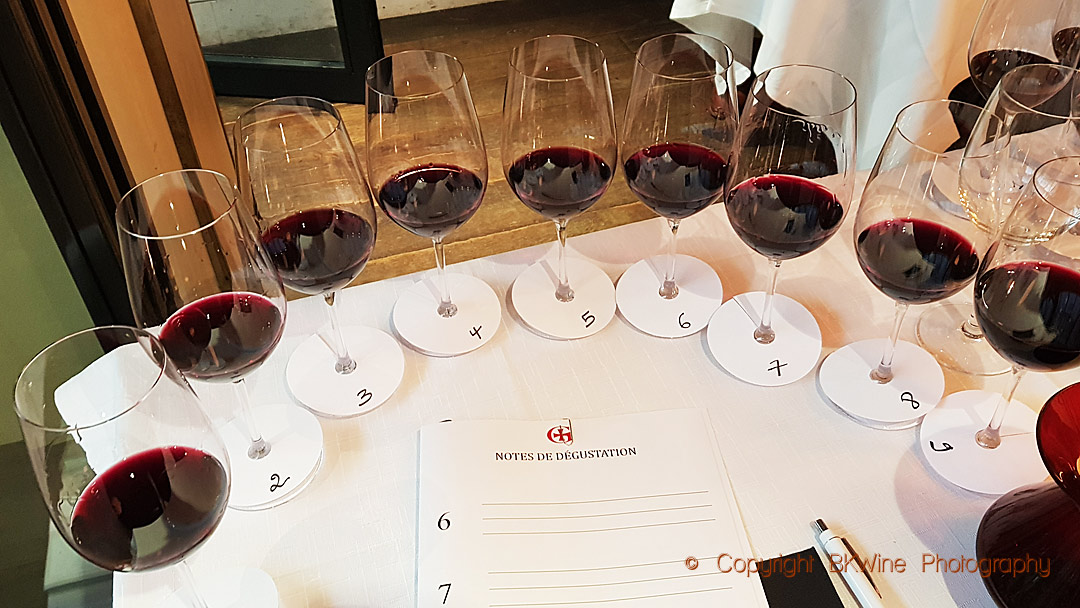
Here’s the introduction to the article:
The short answer is: yes, it does make a difference what kind of container is used for ageing. The taste will be different.
Winemaking has its fashions and trends, just like any other business. Some of the fashions and trends are maybe of the rather obscure kind. But if you look at it in detail, it can be both fascinating and very important for the character of the wine.
What kind of container does the winemaker store (or age) the wine in before it is bottled? Most people might think of oak barrels or steel tanks but there is a plethora of choices for the winemaker.
Stainless steel is probably the most popular tank. It is easy to maintain and clean. It lasts a long time. It is easy to keep at the correct temperature.
But there are plenty of other options. Oak barrels, as I mentioned, although only a tiny fraction of the world’s wine production is aged in wooden casks. A dozen or so years ago it became fashionable for winemakers to go back to concrete tanks. They had better “thermic inertia”. Then came a period when everyone wanted to try the egg-shaped (yes!) concrete tanks. They kept the lees in constant movement and contributed body, it was said. Currently, it is the ear of amphorae and clay jars, the “original” container for making wine, popular not least by the “natural” wine enthusiasts. And there are many more options, different materials, sizes, shapes…
Read more in Per’s article on Forbes: “Does It Make Any Difference If The Wine Was Aged In Stainless Steel, Concrete, Wood, Or Egg Tank?”.
A while back we had the opportunity do a similar tasting when the winemaker at the Oenoforos winery made an experimental batch of wine with the grapes (also syrah!) treated and aged in six different ways. Equally surprising.
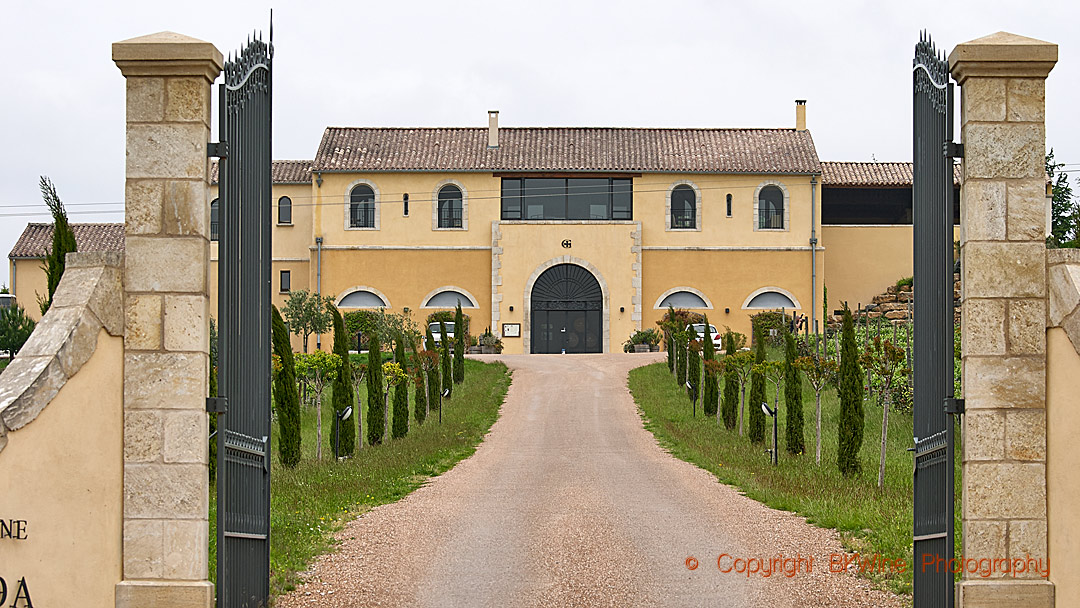
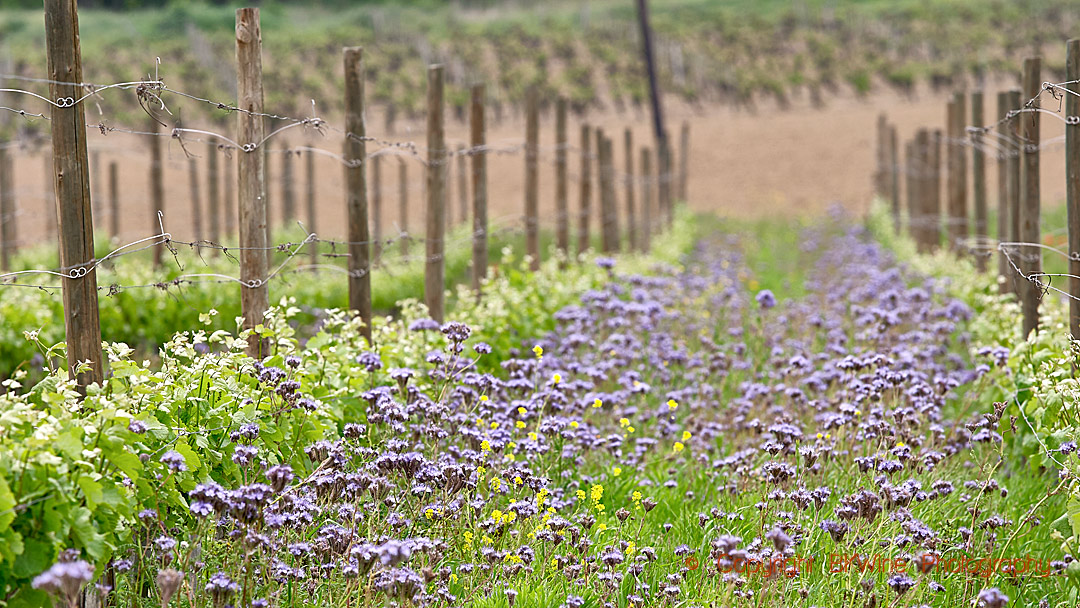
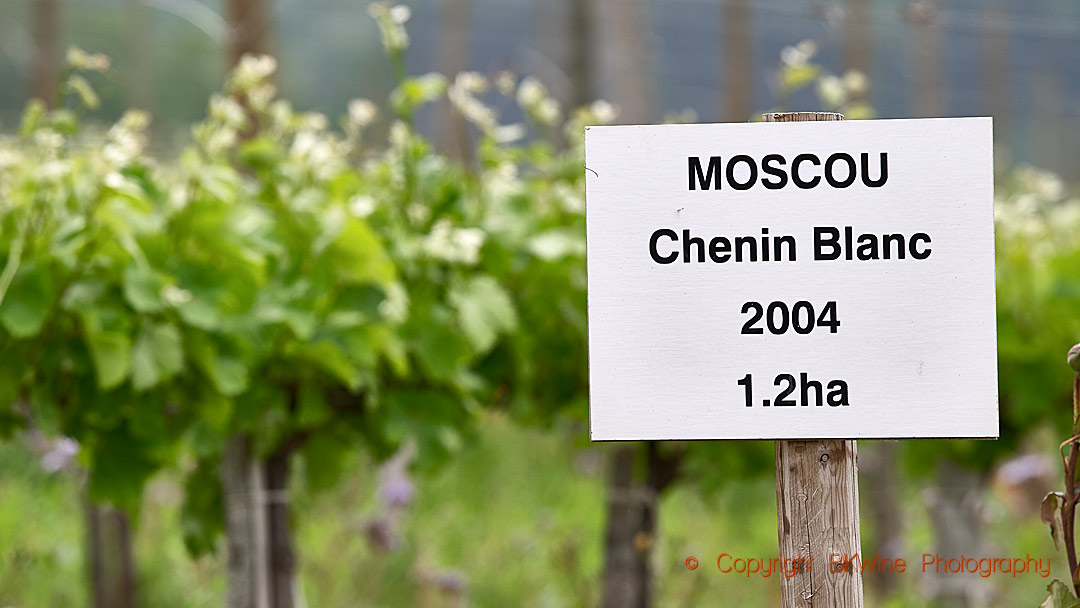



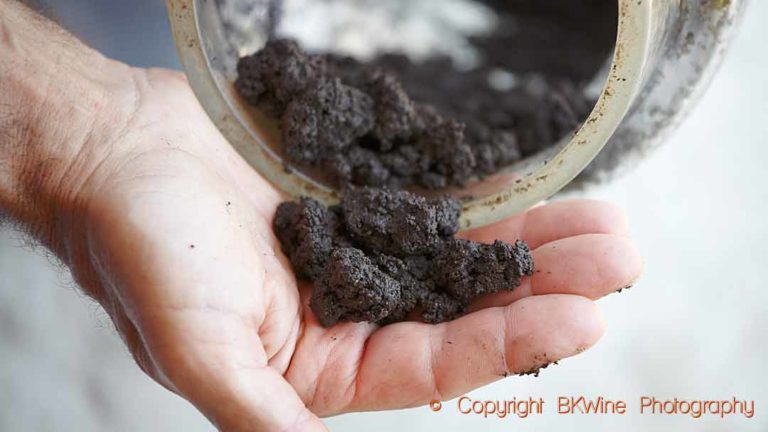
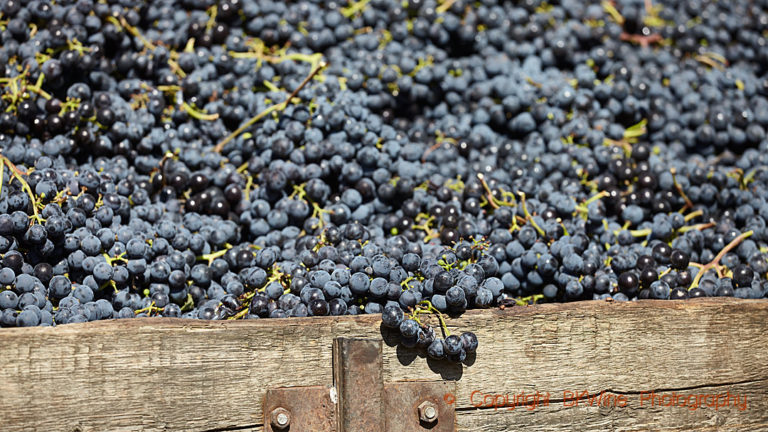




2 Responses
I found this very interesting. Not a wine expert by any means but quite interested. Regarding concrete containers, are they lined with any other materials? Because I would think that otherwise the concrete would leach calcium hydroxide into the wine.
Mike
Some are, some are not.
You can have them lined with epoxy paint or even tiles. The recent trend have been more towards raw concrete. And the eggs, as far as I know, are untreated. The lined ones are much easier to maintain (=clean).
Maybe they use a special kind of concrete that doesn’t leach? And after a couple of uses they tend to be covered by a tartaric deposit.
Interesting question.